Top 10 DevOps Tools for Automation, Monitoring, and More 2025

Sorry, there were no results found for “”
Sorry, there were no results found for “”
Sorry, there were no results found for “”
Picking the right DevOps toolset with the best functionalities has a huge impact on the productivity of the humans on your teams and the functionality of the apps they develop. And besides, doing all the work without good tools is less fun. ✨
In this article, we will take a look at the latest DevOps tools with an eye toward those that emphasize automation, monitoring, and other critical features so you and your team can get to the good stuff of creating and deploying great code. 🙌
DevOps is a methodology for managing software development that combines practices and tools for both software development (Dev) and IT operations (Ops).
Each practitioner defines their DevOps lifecycle differently, but the most common phases in the workflow are:
Many of the key aspects of DevOps come from agile, but there is a difference between agile and DevOps practices.
By its nature, DevOps requires multiple tools to work in a cross-functional way to assist in the entire software production lifecycle. This is called the DevOps toolchain, and each tool addresses one or more phases in the DevOps lifecycle.
To have the most effective toolchain end-to-end for your production environment, you should consider the following aspects of each tool you look at:
Now that we have a good background in place, here is a list of the 10 best DevOps tools available today.

See the 15+ views in ClickUp to customize your workflow to your needs
ClickUp is a cloud-based project management and collaboration tool with strong integration with other common DevOps tools. It provides many of the features software development teams need to implement DevOps, along with a powerful and easy-to-use project management platform.

Miro is a digital whiteboard platform with multiple tools used by teams to meet online, collaborate, present, and share their ideas and work visually. It is one of the most popular whiteboard project management tools. It can be used to display visual information during meetings, plan complete project workflows, or give presentations.
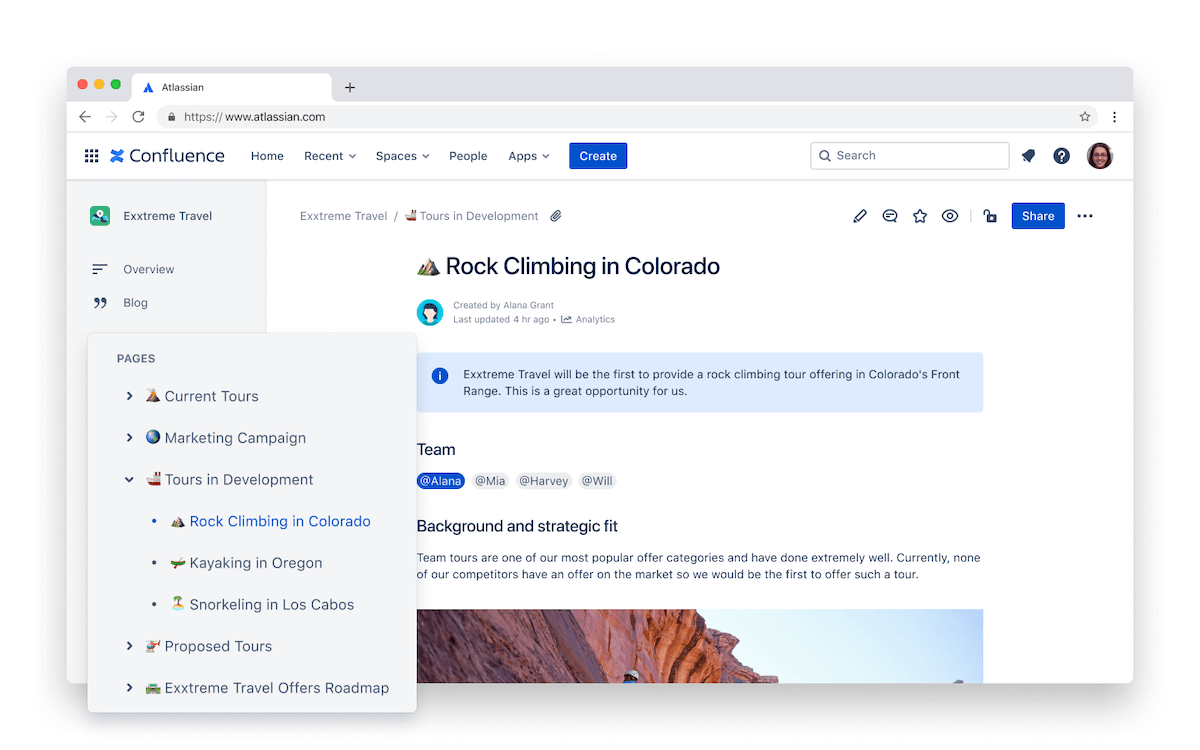
Confluence is a team workspace for knowledge capture and collaboration built for remote teams. Beyond its collaboration features that help team members creatively collaborate, Confluence provides documentation, project management, analytics, reporting, and workflow automation.
Users create spaces where they can assign tasks, collect and organize information, streamline processes, and interact through conversations. Confluence is part of the Atlassian DevOps suite.

Docker is a platform for software development, test automation, and software delivery using containerized images. A container is an isolated version of the software that runs the same regardless of which operating system it is running on or programming language that was used, avoiding the need to spin up virtual machines.
The Docker platform includes user, command line, and application programming interfaces (UIs, CLIs, and APIs) and security to support every step of the software development lifecycle.
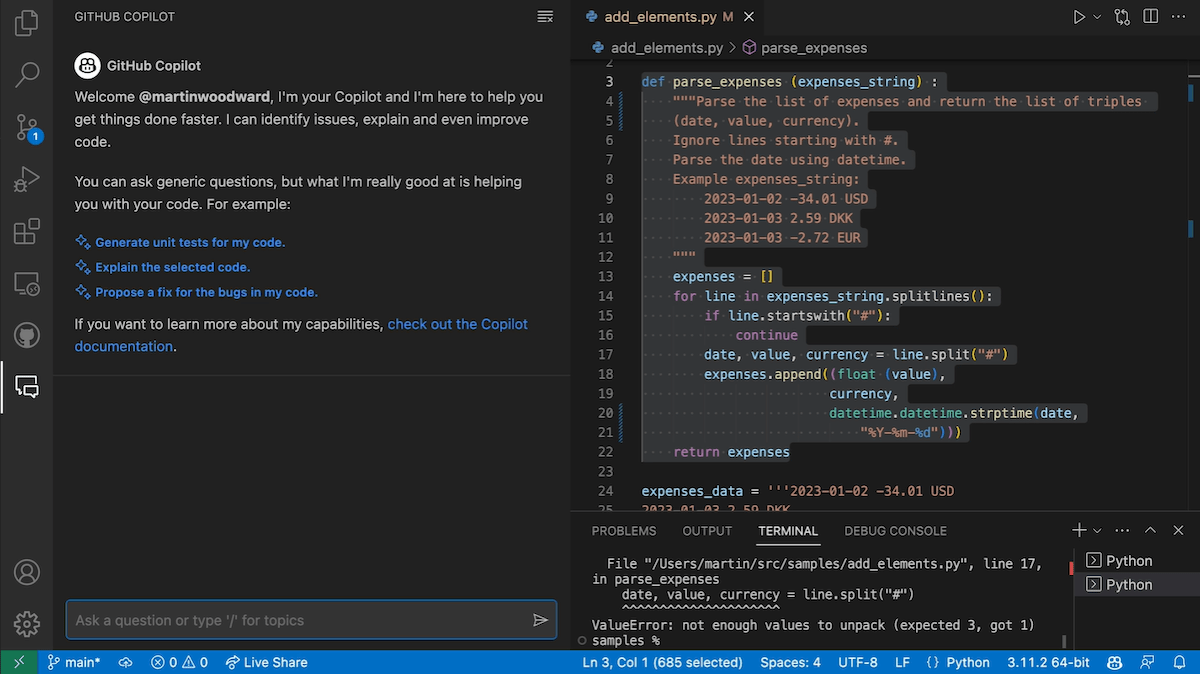
GitHub is the most commonly used set of high-quality configuration management tools for software development. It is a version control system built on Git for distributed development teams by providing a single repository with check-in and check-out.
In addition, GitHub includes access control, bug tracking, request management, task management, and automation, along with many other features. GitHub is owned by Microsoft and runs on Azure.
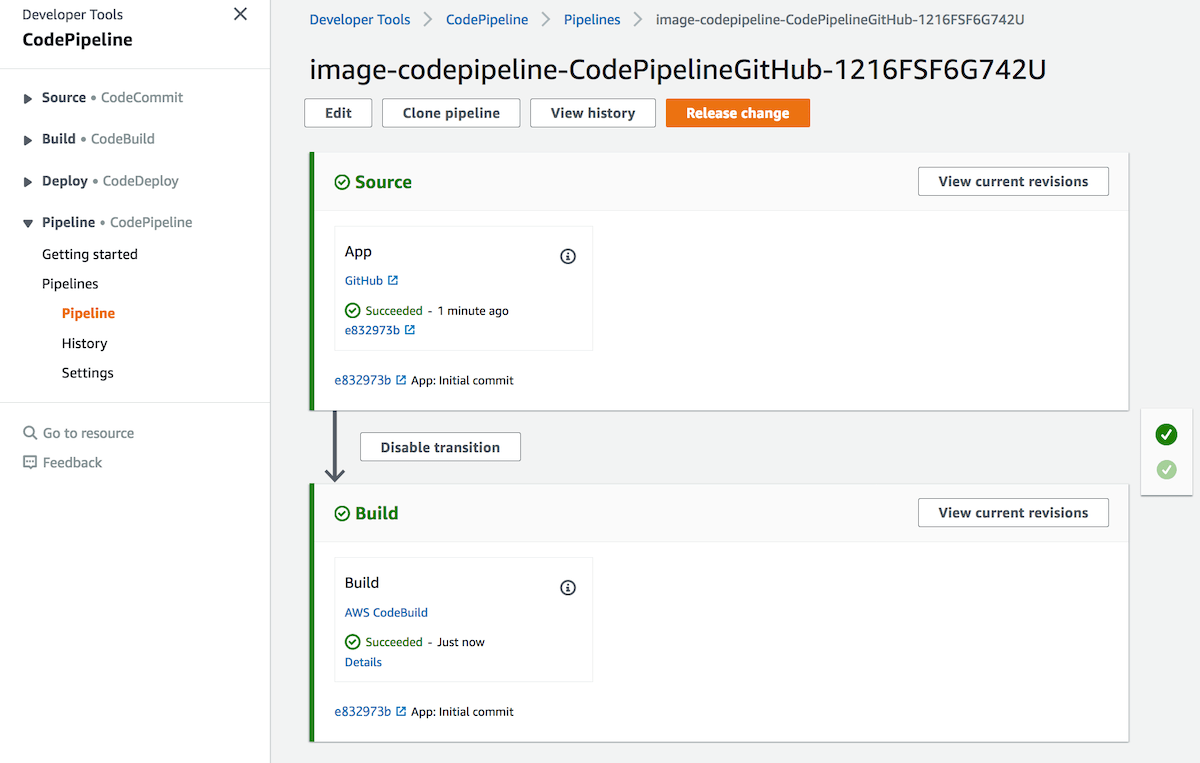
Amazon Web Services (AWS), covers the entire cloud platform offerings from Amazon. This includes a wide array of AWS DevOps modules for SaaS and mobile applications that run on AWS. The tools include multiple options for configuration management, automated build and test, and deployment automation. It also supports containers and serverless computing.
The most commonly used DevOps tools from AWS are AWS CodePipeline, AWS CodeBuild, and AWS CodeDeploy.
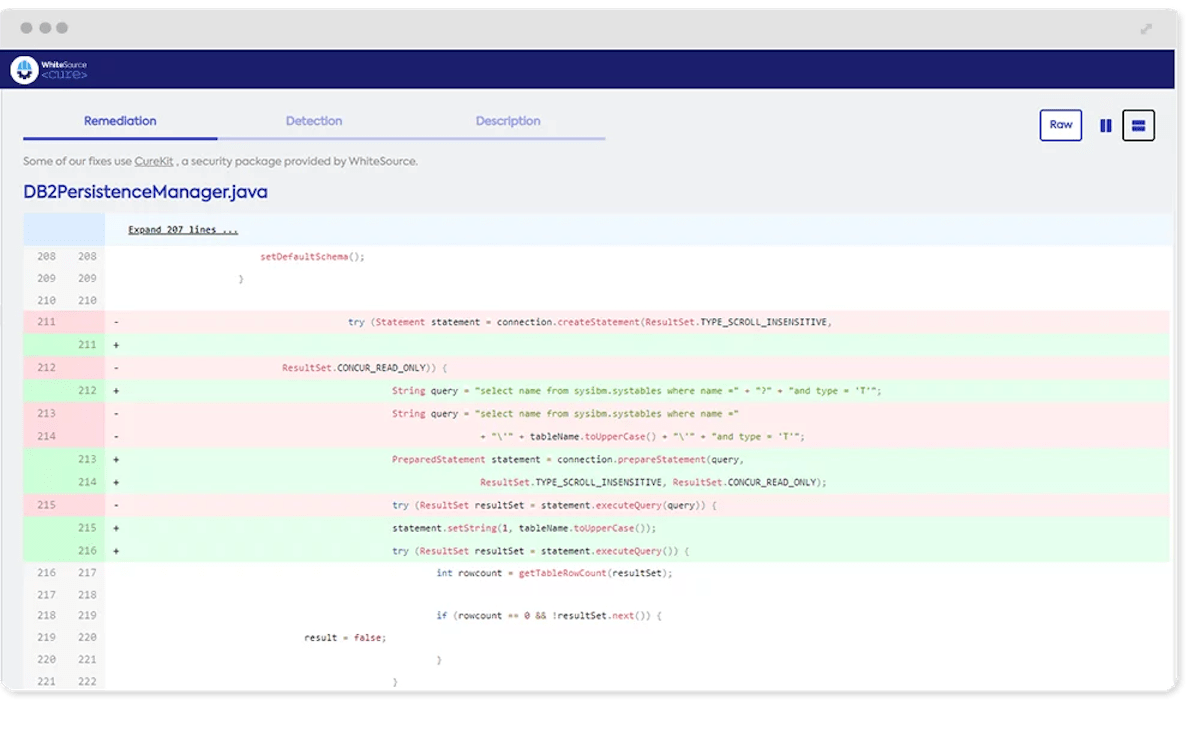
Mend, formerly WhiteSource, is an application security platform. It integrates into your DevOps tools to implement your team’s Application Security (AppSec) program, shifting where your software is vulnerable and where you fix those vulnerabilities earlier in the development process.
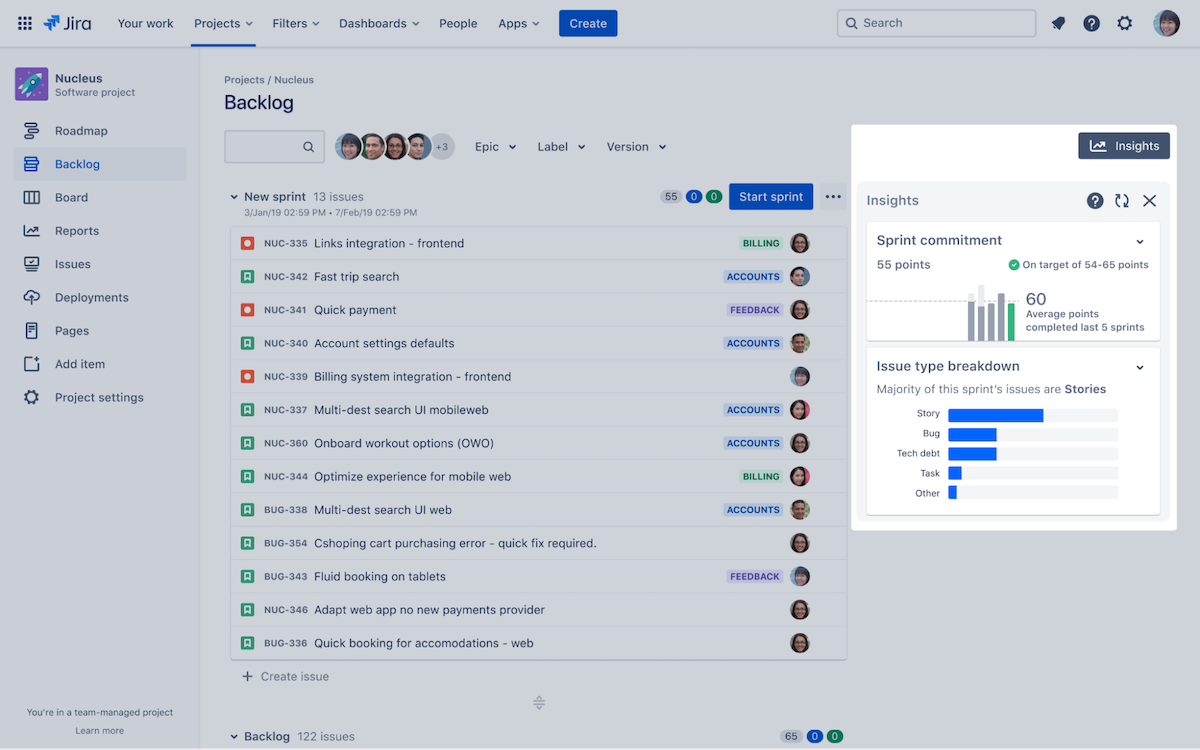
Jira is an issue (bug) tracking and project management tool. It includes agile project management functionality, including workflows, tasks, budgeting and forecasting, and road mapping. It also includes a comprehensive and integrated issue management system for documenting and dealing with bugs in the code and in operations. Jira is part of the Atlassian DevOps suite.
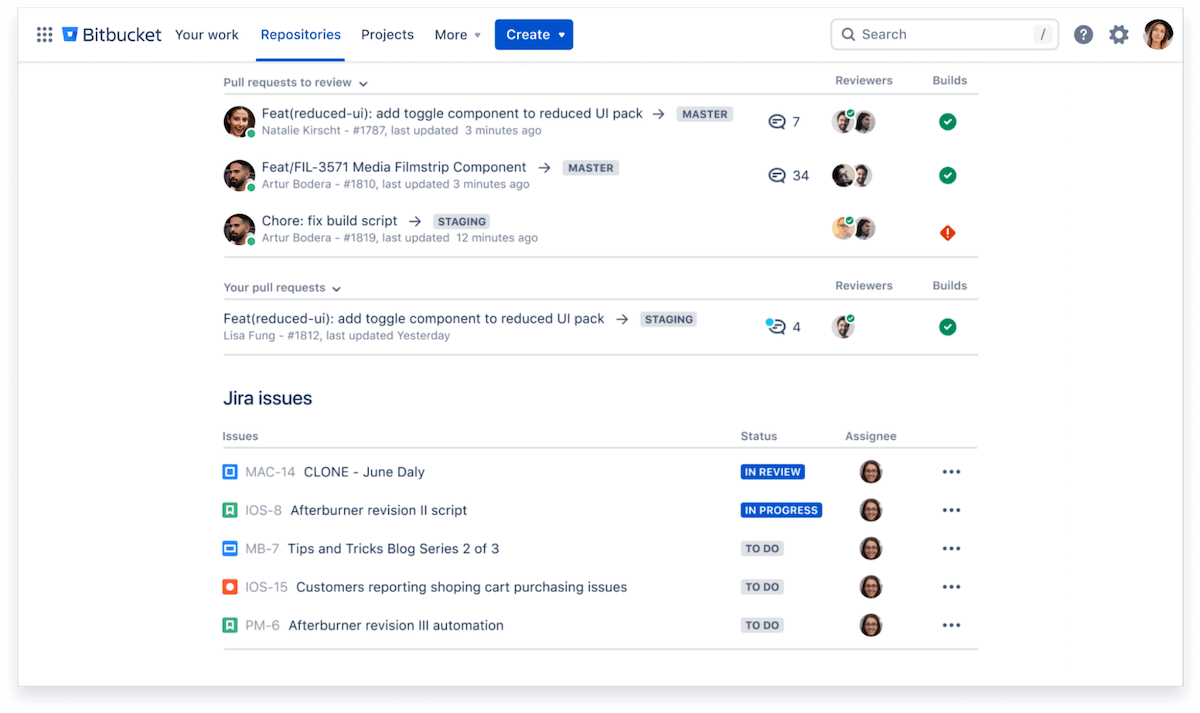
Bitbucket is an alternative software source code hosting platform with version control, also built on Git. It includes CI/CD tools and is focused on supporting users of Jira. It is designed to enable collaboration within a development team. Bitbucket is part of the Atlassian DevOps suite.
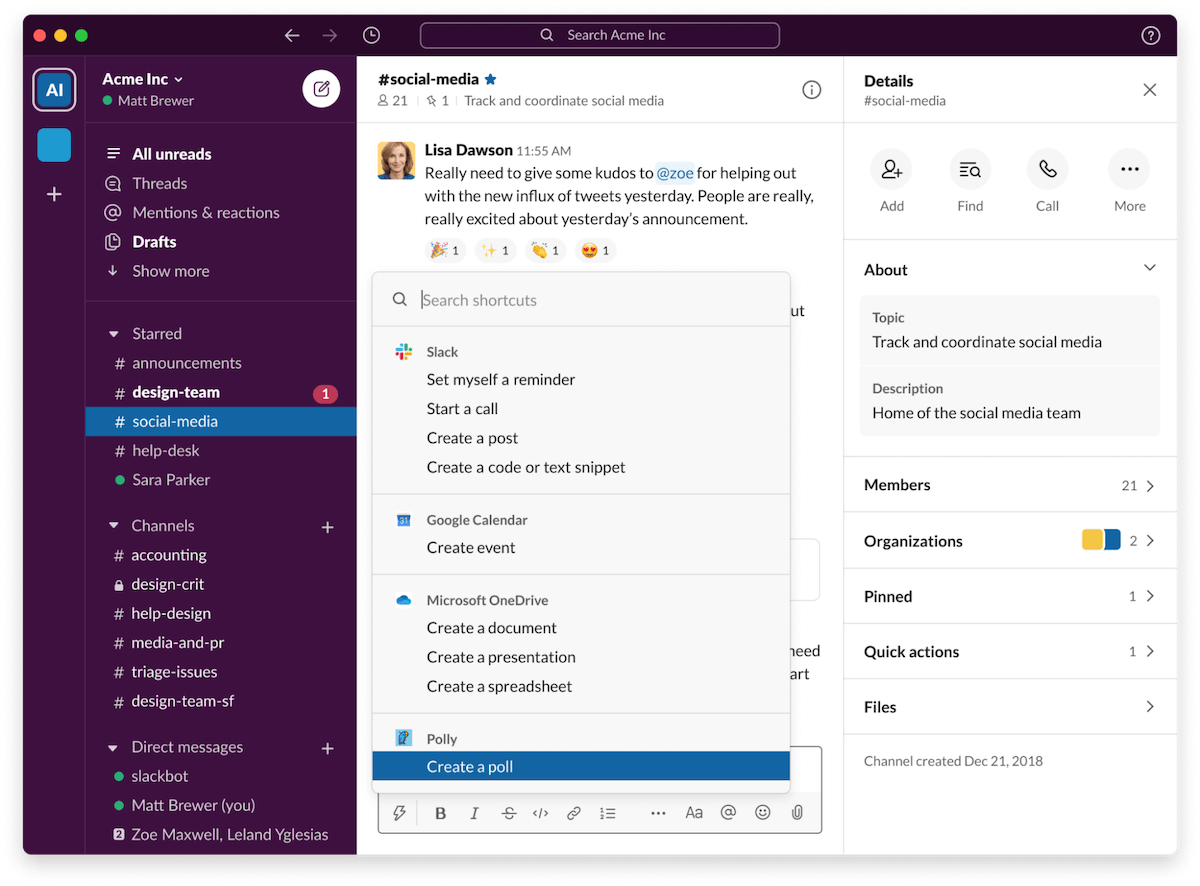
Slack is a collaboration platform built around instant messaging using the concept of channels. Users can communicate within teams with rich text conversations on a given channel, direct messages between users, video or audio calls (Huddle), asynchronous text and video messages (Clips), or through notebooks (Canvas). It also includes some task management tools.
Regardless of what your DevOps playbook looks like, getting your development and operations teams working together doesn’t require magic—it requires the right DevOps tools. They need to work together in a way that enables your processes instead of forcing you to change your processes to fit the tools. 🛠
That is why teams of every type count on ClickUp for project management, collaboration, documentation, and so much more, all in an easy-to-use interface that integrates with the rest of your DevOps tools. So, next time you are putting together a new software project quest, sign up for a free trial of ClickUp and make your life easier. 🤩
© 2025 ClickUp